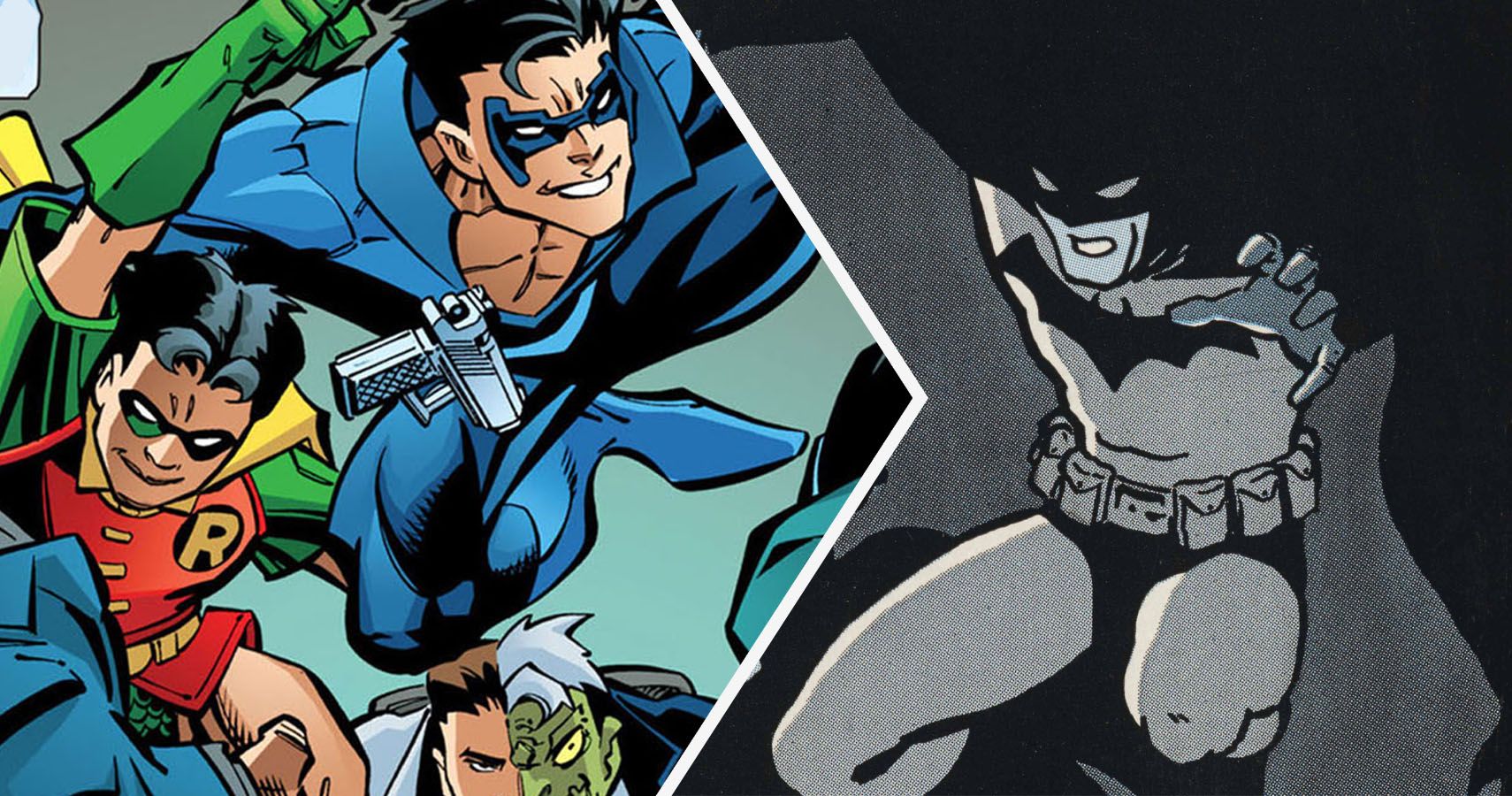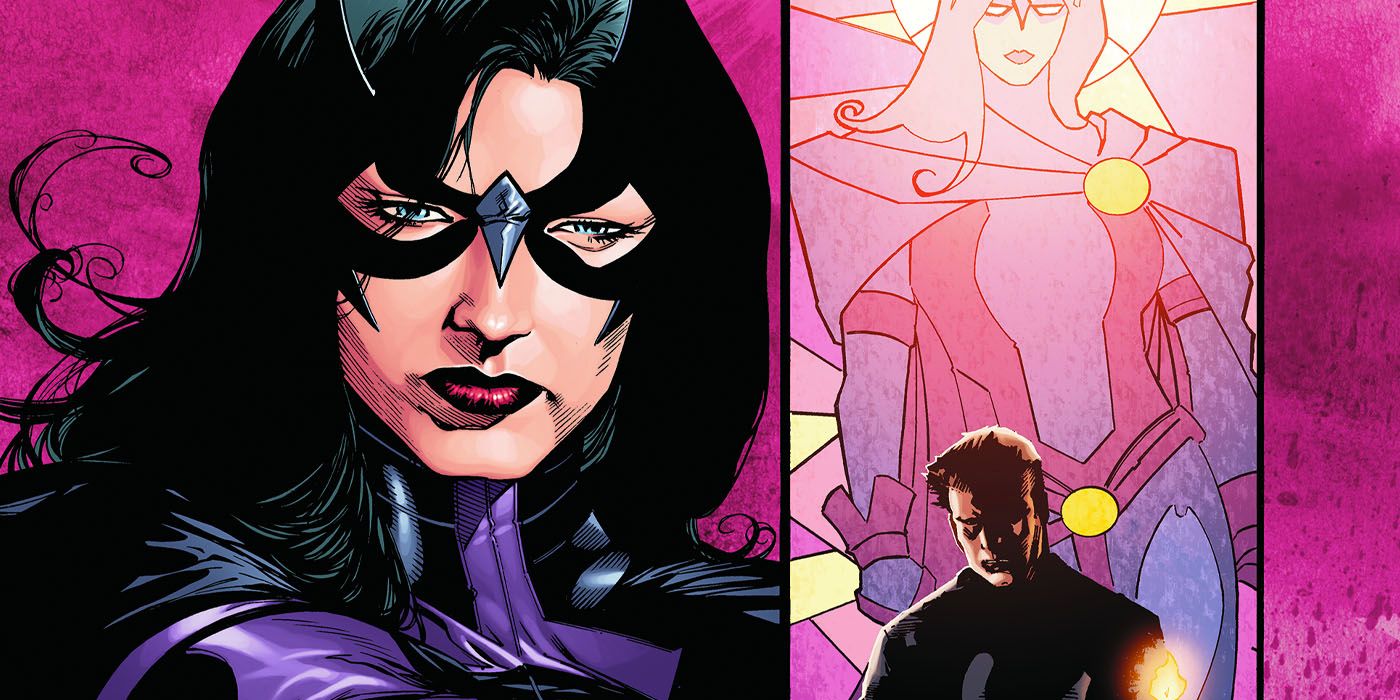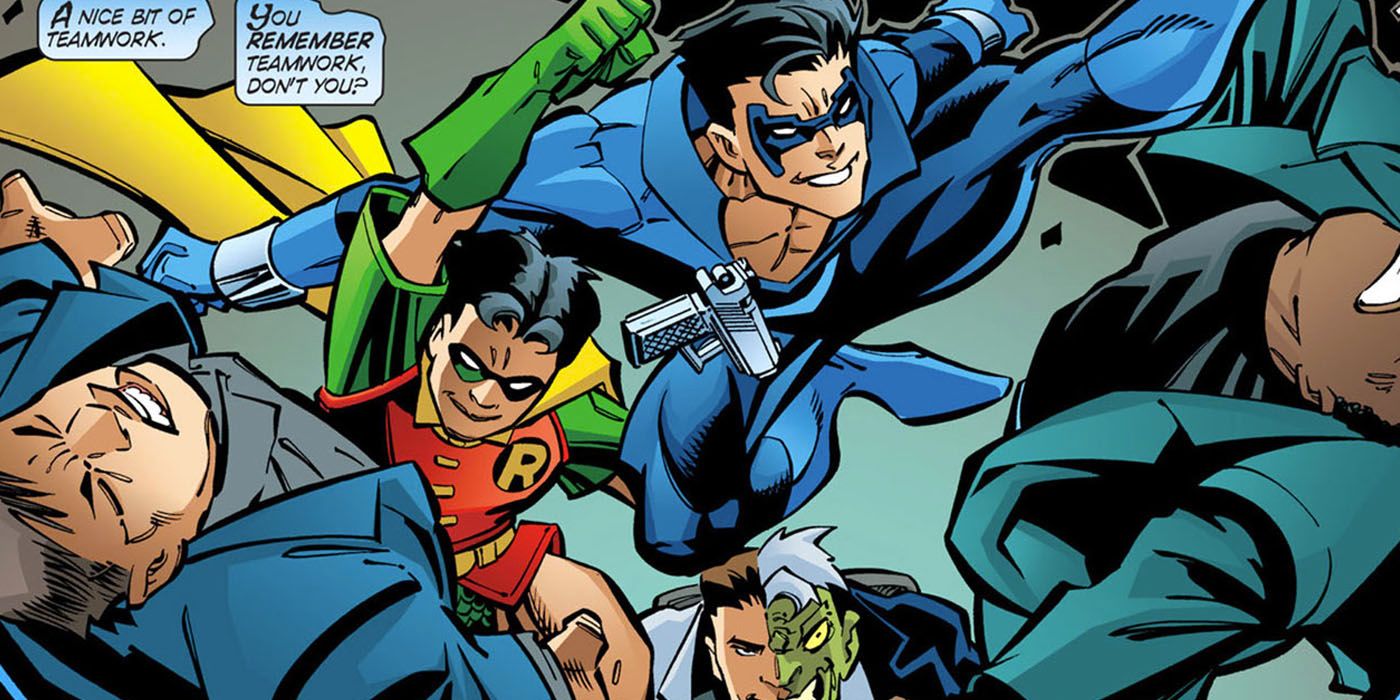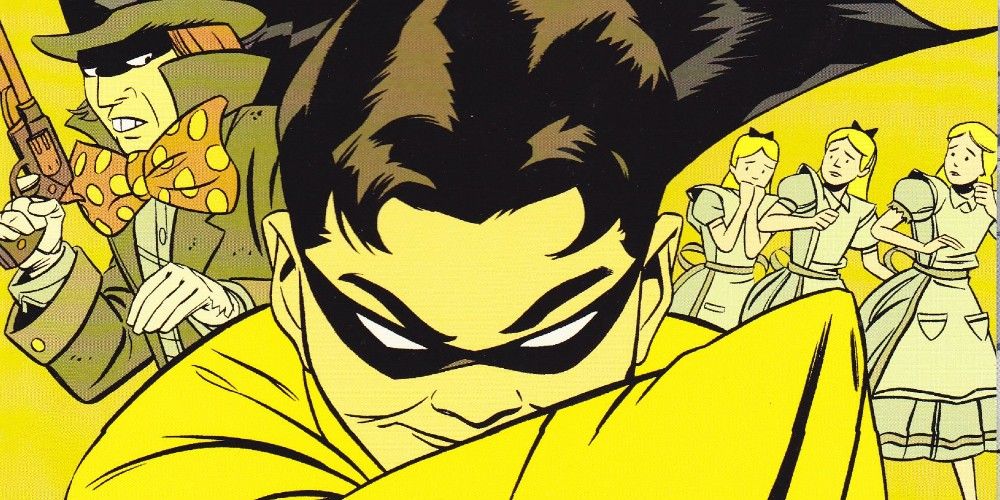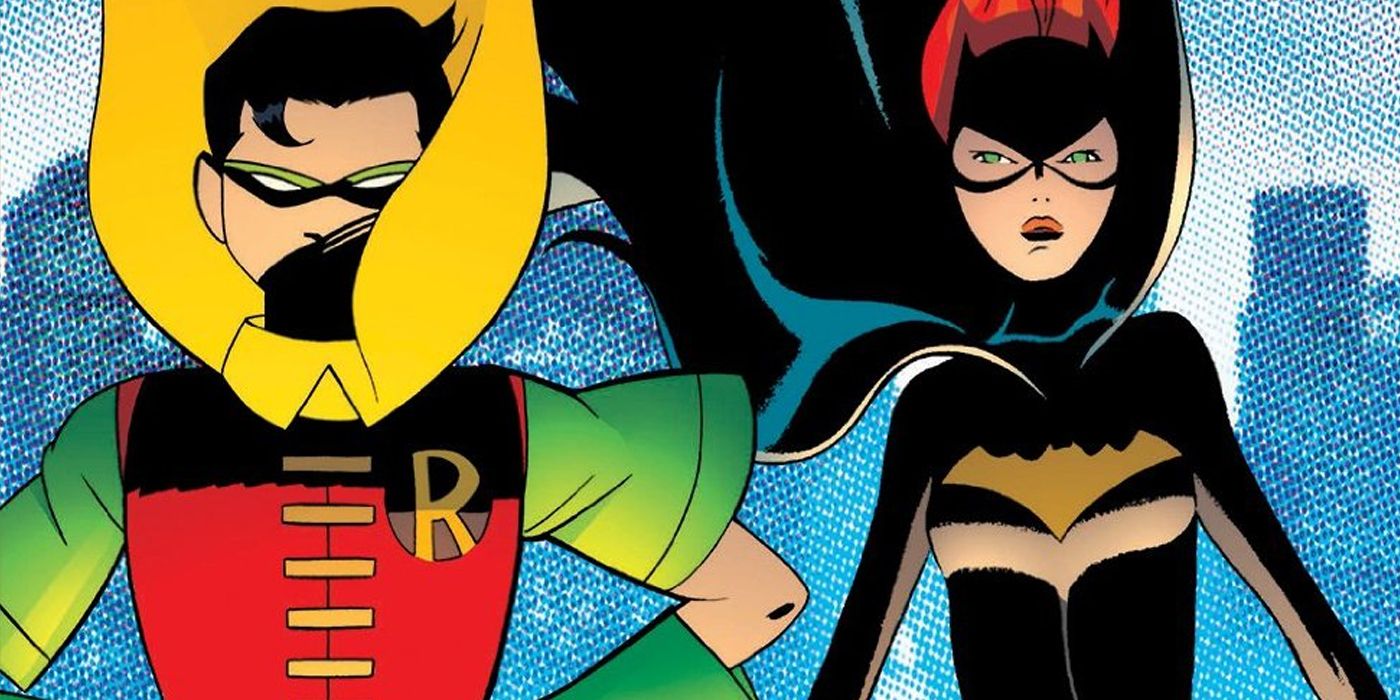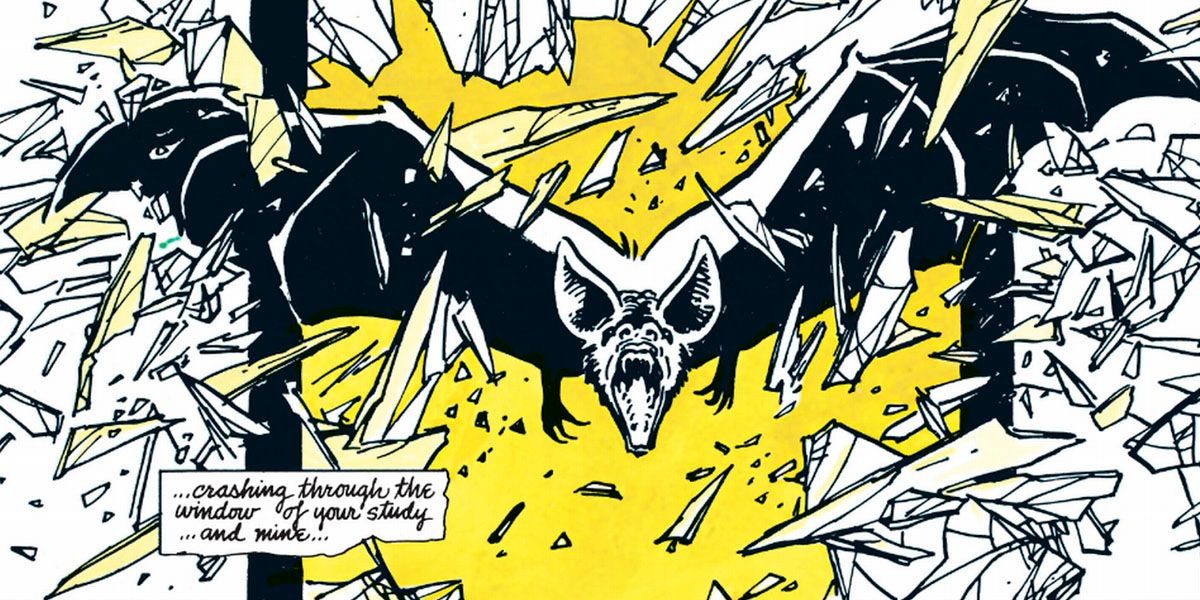DC’s Year One line of comics prop themselves up as the “definitive” origin stories for the company's wide roster of characters. Although quite a number of DC favorites have gotten their own Year One storylines– with Frank Miller’s Superman: Year One notably eschewing main canon in favor as serving as an origin for The Dark Knight Returns’ Man of Steel– the most foundational, importantly, and overall highest quality Year One stories belong to the Bat-Family.
Miller’s Batman: Year One started it all, recontextualizing the Dark Knight as a deeper literary figure whose nuances are inherent to comics. While the average Gotham set Year One arc does an excellent job at introducing readers to characters, their ideals, and the world around them, each book under the moniker lives in the shadow of one of the greatest comics ever made. As a result, even otherwise great stories can come off disappointing.
5 Huntress: Year One
Of the Bat-Family Year One books, Huntress: Year One is the only storyline that genuinely fails to live up to the quality Frank Miller set with his reinterpretation of Batman’s origins. While Huntress: Year One serves as a fine enough means of digesting what defines Helena Bertinelli as a character– along with establishing her connection to the Birds of Prey– the book is held back by an inability to showcase Helena as someone learning the ropes.
All the Bat-Family Year One books are defined by their lead character’s struggles, insecurities, and early failing. While this is the case in Huntress: Year One to some extent, Helena is already a fairly competent crimefighter during the book. Huntress: Year One is more interested in summing up who Huntress is which a few ideological contrasts to Batman. Although set later in her career, Cry for Blood is a far stronger origin story for the Huntress that shows off the depth of her character & history while telling a genuinely gripping character driven drama– something Huntress: Year One utterly lacks.
4 Nightwing: Year One
As Dick Grayson grew into his own hero, he felt the need to abandon the moniker of Robin and embrace a new identity. Nightwing: Year One repackages Dick Grayson’s transition from Robin into Nightwing in a concise story arc that pays tribute to some of the most important Robin stories– notably from the Dick Grayson and Jason Todd eras– without getting lost in the references themselves.
Nightwing: Year One serves as a sequel to Robin: Year One, but it also pays tribute to Dark Victory, The Gauntlet, and Second Chances (loosely adapting Jason Todd’s origins as Robin in the process.) Nightwing: Year One does feel a bit bloated covering so much ground, but it’s also a love letter to what Dick Grayson’s Robin represented for Bruce Wayne and the precedent that was set for Batman.
3 Robin: Year One
Robin: Year One chronologically follows the events of Dark Victory, detailing Dick Grayson’s immediate beginnings as Robin. Dick Grayson quickly eases into the role, offering Batman a companion he can genuinely count on. At the same time, Robin: Year One doesn’t romanticize what Robin represents for Batman like most stories.
For all intents and purposes, Robin is a child soldier. While Bruce’s intentions are noble, he’s still robbing Dick of a normal life (which was arguably robbed by the murder of his parents, granted.) Robin: Year One is a whimsical read that highlights Dick’s optimism and genuine want to be Robin, but the story never shies away from showing the very real consequences of a young boy going up against threats that make Batman sweat.
2 Batgirl: Year One
Batgirl: Year One is actually a direct sequel to Robin: Year One and the two are best read back to back, especially since the former continues themes & characters arcs established in the latter. The book is a bit on the nose with all the Oracle references and foreshadowing, but Barbara Gordon makes for an excellent focal character who contrasts nicely with Dick Grayson’s role in Robin: Year One– especially since she’s older and far brasher than Dick.
Batgirl: Year One is notably the longest of the Year One story arcs, capping out at a surprising 9 issues (more than double over Robin: Year One.) This does mean Batgirl’s origins aren’t as quick to read, but they’re far more detailed in turn and actually cover more ground. Batgirl: Year One explores Barbara’s relationship with Batman, Dick Grayson, and even her own father, Jim Gordon.
1 Batman: Year One
Batman: Year One isn’t just the definitive Batman origin, it’s an ideal introduction to Gotham itself. Frank Miller’s Batman: Year One is a reexamination of Batman as more of a man than anything else– and curiously from a distance. The book is primarily told from Jim Gordon’s perspective, keeping track of his first year in Gotham along with the partnership he’s been building with Batman.
By keeping Batman (and by extension Bruce Wayne) at a distance, Batman: Year One can directly comment on what he represents as a symbol– both in the context of Gotham and as a piece of literary iconography. Zero Year may cover Batman’s modern origins, but Batman: Year One is a comic everybody should read. Whether as a fan of the character, the medium, or just important literature.

